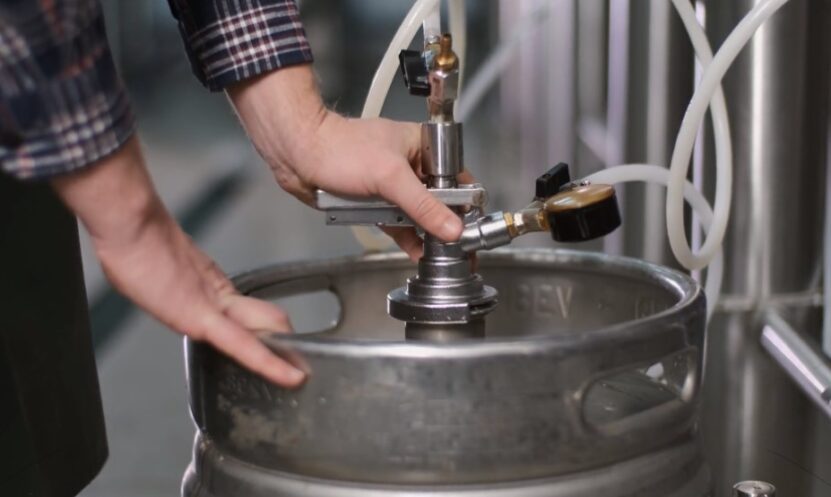Kegs are the lifeblood of any serious beer lover’s party, and knowing how many beers are in a keg can help you plan your event or simply satisfy your curiosity. The answer, however, is not as straightforward as you might think.
From the compact Cornelius Keg to the party-dominating Half Barrel Keg, each size has its own beer capacity. Let’s savor every drop of knowledge, embracing their role as the true ambassadors of the delightful elixir we all adore!
Keg Sizes
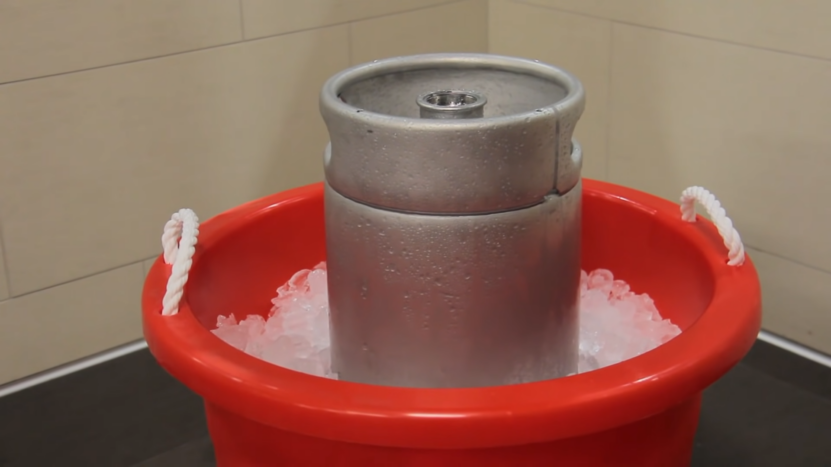
Keg sizes are often described in terms of barrels, a unit of measurement used in the brewing industry. The most common sizes are the half-barrel, quarter-barrel, and sixth-barrel, which hold approximately 15.5 gallons, 7.75 gallons, and 5.16 gallons, respectively.
These sizes are not arbitrary but are carefully chosen to cater to different market needs. Comparing sizes in terms of volume and capacity can be quite enlightening. For instance, a half-barrel keg, also known as a full-size keg, is the largest commonly used size and can hold about 165 12-ounce beers.
A quarter-barrel, often used in smaller venues, holds roughly half this amount. The sixth-barrel, or sixtel, is even smaller, making it ideal for specialty beers or limited space. It is crucial to understand these sizes for both brewers and consumers.
For brewers, it helps in planning production and distribution, while for consumers, it aids in making informed purchasing decisions. Knowing the size of a keg and its beer capacity can help you choose the right one for your event or establishment.
Calculating Beer Quantity
Beer quantity in kegs is typically measured in gallons or liters, but it can also be translated into the number of beers. To calculate the number of beers, you need to know the keg’s volume and the size of the beer serving.
For instance, if you have a half-barrel keg (15.5 gallons) and serve beer in 12-ounce glasses, you can expect to get about 165 servings. Several factors can influence this.
These include the serving size, the type of beer, and even the pouring technique. A keg will yield more servings if the beer is poured carefully to minimize foam, and less if the beer is poured quickly or if the beer is particularly foamy.
Standard Serving Sizes
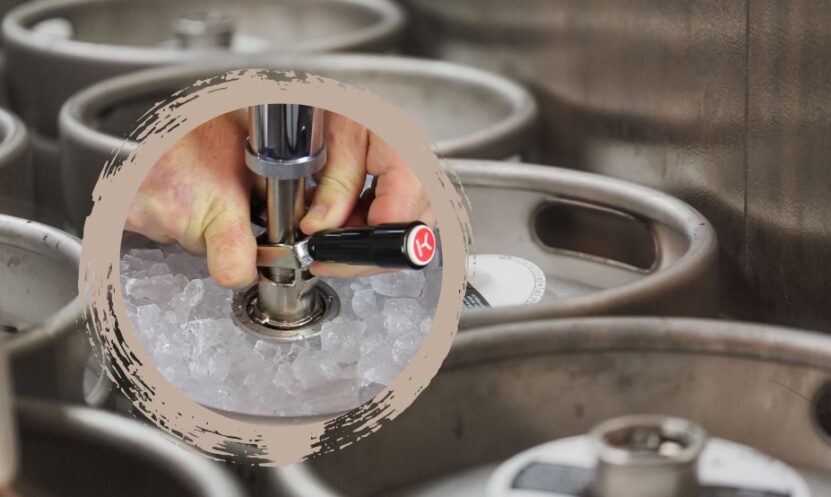
In bars and restaurants, beer is typically served in standard sizes, which can range from 12 ounces for a typical beer bottle or can, to 16 ounces for a pint in the US, or even 20 ounces for a UK pint. These standard serving sizes are important as they determine how many servings you can get from a keg.
The relationship between serving size and the number of servings in a keg is straightforward. The larger the serving size, the fewer servings you’ll get. For instance, a half-barrel keg will yield about 165 12-ounce servings, but only about 124 16-ounce servings.
Factors Affecting Yield
Several factors can affect the yield from a keg, including the type of beer, the temperature at which it’s stored, and the pressure used to dispense it. For instance, some beers, especially craft beers, tend to be more foamy than others, which can reduce the number of servings you get.
Type of Beer
The type of beer being dispensed is one of the primary factors affecting yield. Craft beers, known for their unique and complex flavors, often contain higher levels of carbonation. While this effervescence adds to their charm, it can also lead to more foamy pours.
As a result, you might get slightly fewer servings from a keg of craft beer compared to other styles with lower carbonation levels.
Temperature Regulation
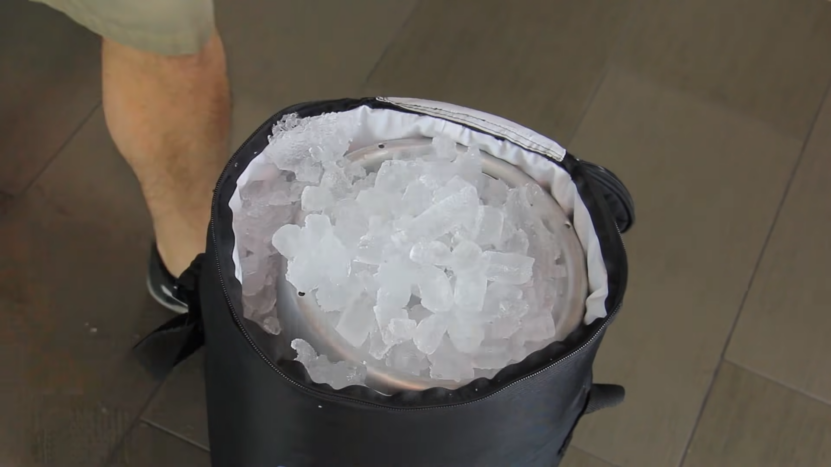
Temperature plays a pivotal role in the perfect pint. Improper storage or serving at the wrong temperature can lead to excessive foaming, diminishing the number of beers you can enjoy from a keg. Maintaining the ideal temperature, often cooler but not excessively cold, allows for a smooth and satisfying pour with minimal foam.
Brewers and beer enthusiasts alike need to consider this aspect to ensure a higher yield of delightful brews.
Dispensing Pressure
The pressure used to dispense beer from the keg is a delicate balancing act. Too much pressure can cause aggressive pouring, resulting in excessive foam. Conversely, too little pressure might lead to sluggish pouring or even flat beer.
Adjusting the dispensing pressure according to the specific type of beer can make a significant difference in the yield and the quality of each serving.
Cleanliness and Maintenance
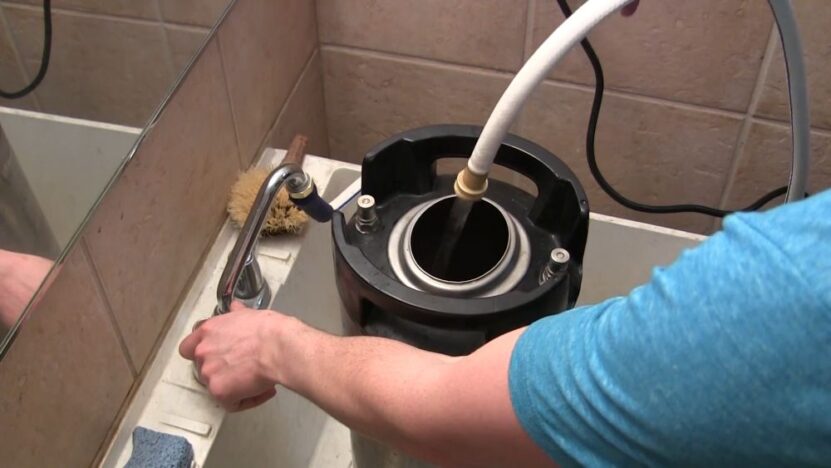
A clean keg system is a happy system. Proper maintenance, including regular cleaning of beer lines and taps, is vital for optimal beer yield. Any buildup of residue or contaminants can cause issues with carbonation and foaming, leading to wastage and decreased servings.
By keeping the system in pristine condition, brewers and bar owners can ensure they get the most out of every keg.
Carbonation Levels
Apart from the type of beer, the carbonation levels within the keg also affect the yield. Over-carbonated beers tend to produce excessive foam, leading to a lower number of actual liquid servings. Brewers carefully control carbonation levels during the brewing process to strike the perfect balance, ensuring the beer retains its character while allowing for a smooth pour.
Handling and Transport
Even after the beer leaves the brewery, proper handling and transportation are crucial to maintaining its quality and yield potential. Rough handling or exposure to extreme temperatures during transit can disturb the carbonation levels, resulting in foamy or flat pours when tapped.
Losses and Wastage
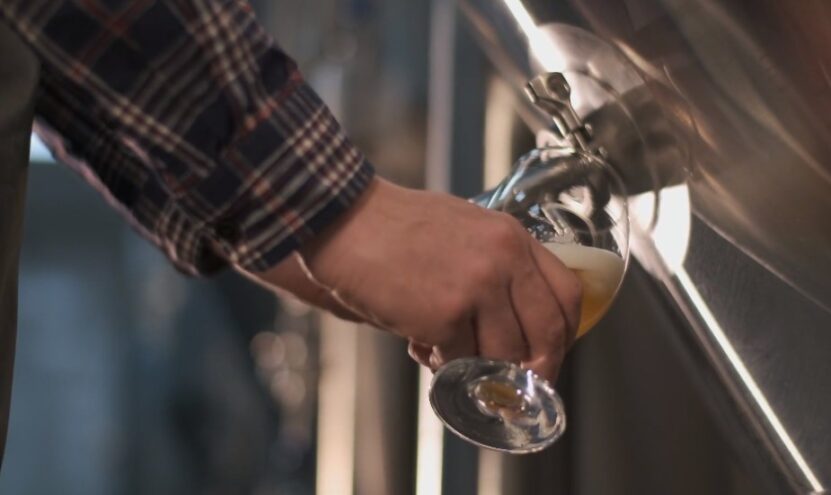
During the beer dispensing process, some losses are inevitable. These can occur due to foam, spillage, or even due to the beer left in the lines and the bottom of the keg after it’s emptied. These losses can add up and significantly reduce the number of beers you get from it.
The impact of wastage on the total number of beers can be quite significant. For instance, if you lose just one ounce of beer per pour due to foam or spillage, you could lose up to 10% of the beer in a half-barrel keg. That’s about 16 beers! Being aware of potential losses and taking steps to minimize them can help you get the most out of your keg.
This can involve training staff on proper pouring techniques, maintaining your dispensing system, and even choosing the right type of beer and keg for your needs.
Kegging vs. Bottling
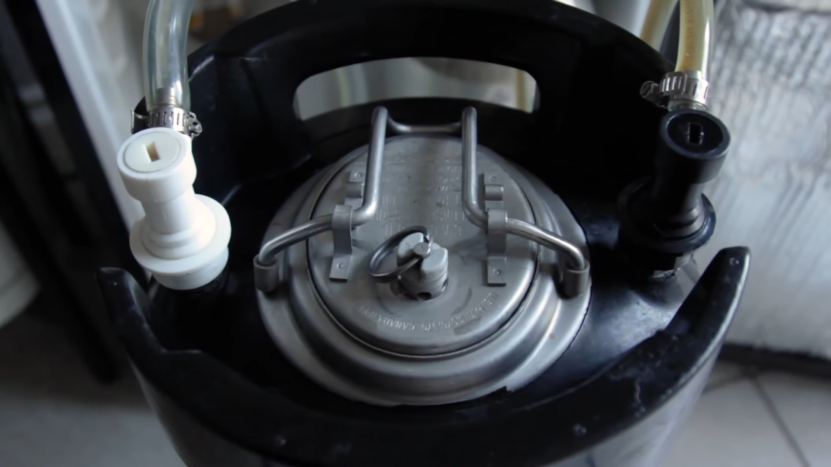
For brewers, deciding between kegging and bottling is akin to choosing between two distinct paths, each with its allure and challenges. Both methods offer unique advantages, and finding the right fit depends on various factors, ranging from production scale to logistical considerations.
Kegging, with its appeal of bulk storage and distribution, emerges as a popular choice for larger breweries and establishments seeking efficiency and cost-effectiveness. Kegs, with their generous capacity, allow brewers to package beer in significant quantities, streamlining the distribution process.
The benefits are manifold – reduced packaging materials, lower transportation costs, and the ability to serve draft beer at various locations, captivating beer enthusiasts with the freshest and most pristine flavors. However, this convenience comes with a price.
Kegging requires specialized equipment, from keg fillers to CO2 tanks and dispensing systems. While the investment may pay off in the long run, it poses an initial financial challenge, especially for small-scale or aspiring craft brewers.
Moreover, managing its storage, cleaning, and retrieval can be a logistical dance, necessitating well-organized operations to ensure a smooth flow from brewery to pint glass. On the other side of the packaging spectrum lies the classic art of bottling.
Bottles, with their widespread familiarity and portability, cater to a broad market, offering unparalleled convenience for consumers. They are easily transported and stored, making them ideal for homebrewers, craft breweries with limited production capacity, or specialty releases.
Bottling provides the flexibility of packaging beer in small batches, allowing for creative experimentation and personalized labeling to charm customers. Yet, this traditional method entails more labor-intensive processes, from filling and capping bottles to labeling and packaging.
Each bottle requires individual attention, which can be time-consuming, and as the scale of production grows, so does the need for additional labor and resources. Moreover, the cost of bottles, caps, and labels can add up, creating economic challenges for those seeking long-term growth.
Additionally, bottles, though charming, occupy more space than kegs for the same volume of beer, necessitating ample storage room. In the quest for the perfect packaging solution, brewers must weigh their priorities, resources, and aspirations.
Kegging offers economies of scale and efficient distribution for established breweries, while bottling maintains its allure of creativity and accessibility for small-scale producers.
Legal and Safety Considerations
When dealing with kegs, there are several legal and safety considerations to keep in mind. Legally, brewers are required to accurately label their kegs with information such as the beer’s name, alcohol content, and volume. This ensures that consumers know exactly what they’re getting.
Safety is also a crucial consideration when handling and storing kegs. They are heavy and can cause injury if not handled correctly. They also need to be stored at the right temperature to maintain the beer’s quality and prevent over-pressurization, which can be dangerous.
Industry Standards and Variations

While there are standard sizes and serving sizes, different regions may have specific standards and practices. For instance, in the US, a pint is typically 16 ounces, while in the UK, a pint is 20 ounces. This can affect the number of servings you get.
There can also be variations in keg sizes. For instance, in Europe, the most common keg size is 50 liters, which is slightly larger than a US half-barrel keg. These variations can be confusing, but understanding them can help you navigate the global beer market.
Being aware of these industry standards and variations can help you make informed decisions when buying or selling beer. It can also help you understand and cater to the needs of a diverse customer base, whether you’re a brewer, a bar owner, or a beer enthusiast.
Common Misperceptions
There are many myths and misconceptions about the number of beers in a keg. Some people believe that a keg contains a fixed number of beers, regardless of the serving size or the type of beer. Others think that all of them are the same size, or that the number of beers in them is the same worldwide.
These misconceptions can lead to confusion and misunderstandings. Dispelling these myths and providing accurate information is crucial for anyone involved in the beer industry. It can help consumers make informed decisions, and it can help brewers and retailers accurately market and sell their products.
Bulk Purchasing and Consumer Benefits
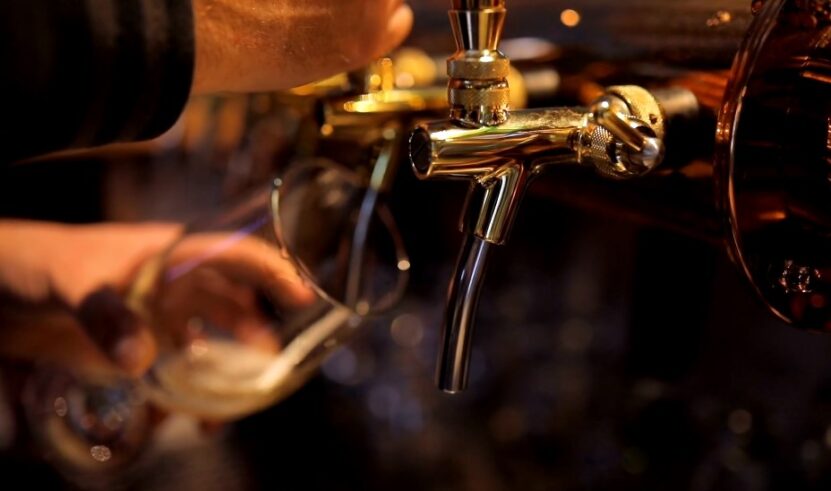
Buying beer in kegs can be cost-effective for both businesses and consumers. For businesses, it allows for bulk purchasing, which can reduce costs. It also simplifies storage and handling, as they take up less space than the equivalent amount of beer in bottles or cans.
For consumers, buying beer in a keg can be a fun and economical way to cater to large gatherings or parties. It can also provide a fresher and more authentic beer-drinking experience, as beer from a keg is often fresher than bottled or canned beer.
FAQs:
What is the smallest size available?
The smallest commonly used keg is the Cornelius Keg, which holds 5 gallons of beer.
Can you get every drink in a keg?
While beer is the most common beverage served in kegs, other beverages like cider, wine, and even cocktails can also be served in them.
How many beers are in a Cornelius Keg?
A Cornelius Keg holds 5 gallons of beer, which equates to 53 (12 oz) beers or 40 (16 oz) beers.
How much is a keg of beer?
The price can vary widely depending on the brand, the type of beer, and the size of the keg.
What is a pony keg?
A pony keg is another name for a Quarter Barrel Keg.
Conclusion
Kegs come in various sizes, each holding a different number of beers. The number is not fixed but depends on several factors, including the keg size, the serving size, the type of beer, and even the pouring technique.
In the end, understanding these is not just about knowing how many beers they hold. It’s about enhancing the beer-drinking experience, making informed decisions, and appreciating the art and science of brewing.
So next time you see a keg, remember, it’s more than just a barrel of beer; it’s a vessel of knowledge and enjoyment. Cheers!

